Japan Q1: Tankan survey results:
- Tankan Large Manufacturing Index Q1: 24 vs exp 25 vs prior 26
- Tankan Large Manufacturers Outlook Q1: 20 vs exp 22 vs prior 21
- Tankan Large Non-Manufacturing Index Q1: 23 vs exp 24 vs prior 25
- Tankan Non-Manufacturing Outlook Q1: 20 vs exp 21 vs prior 20
- Tankan Small Manufacturing Index Q1: 15 vs exp 14 vs prior 15
- Tankan Small Manufacturing Outlook Q1: 12 vs exp 10 vs prior 11
- Tankan Small Non-Manufacturing Index Q1: 10 vs exp 8 vs prior 9
- Tankan Small Non-Manufacturing Outlook Q1: 5 vs exp 5 vs prior 5
- Tankan Large All Industry Capex Q1: 2.3% vs exp 1.0% vs prior 6.4%
There were slight deterioration in large manufacturing index from 26 to 24 and missed expectation of 25, and large manufactorers outlook from 21 to 20, missing expectation of 22. Over business confidence were firm though. The fall in confidence and outlook is likely more due to Yen’s recent appreciation. And so far, the fear of a global trade war had limit impact on sentiments.
The indices were calculated, like many other similar series in the world, by subtracting the number of respondents saying conditions are poor from those responding conditions are good.
Also released from Japan, PMI manufacturing was finalized at 53.1 in March, revised down from 53.2.




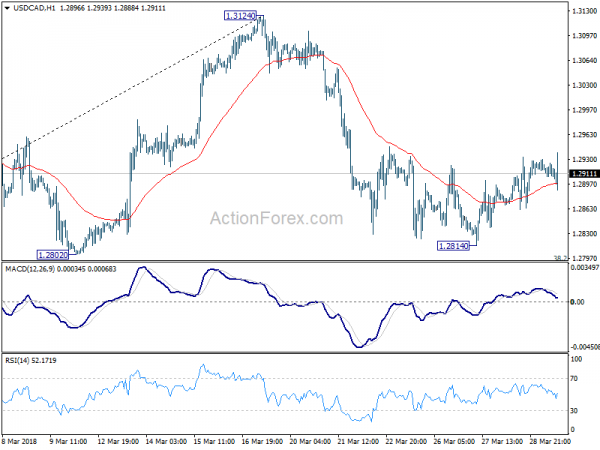
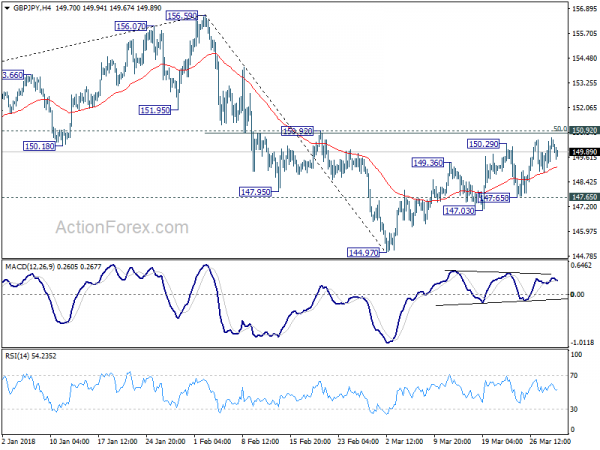
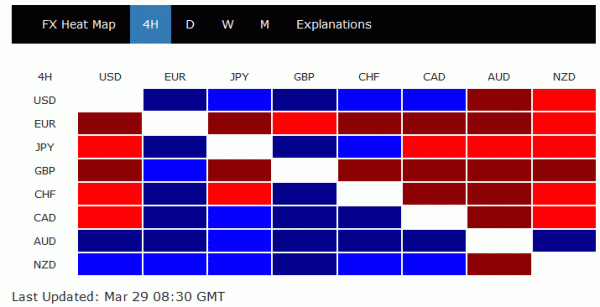
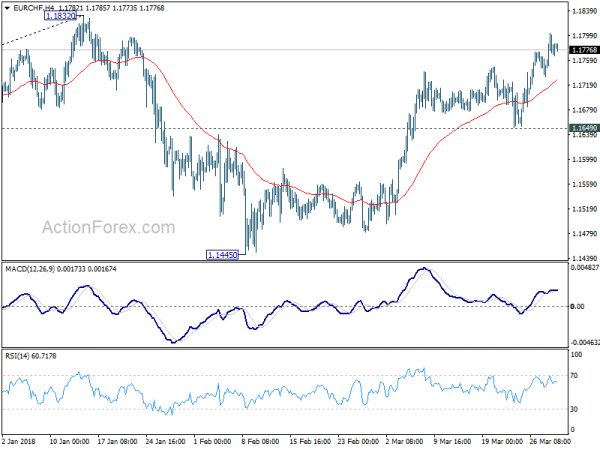
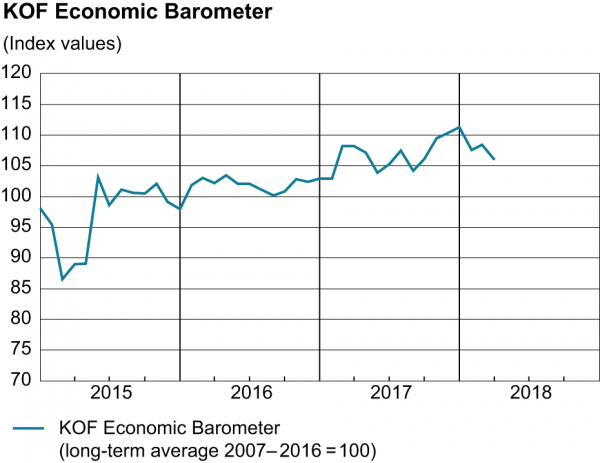
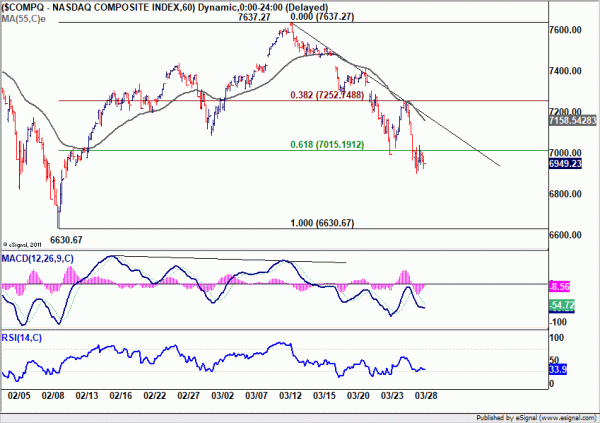
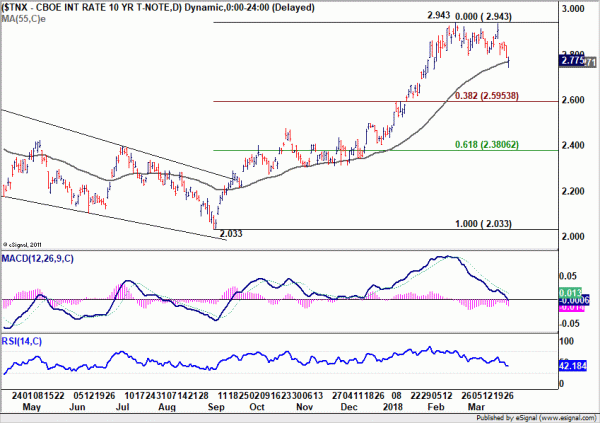
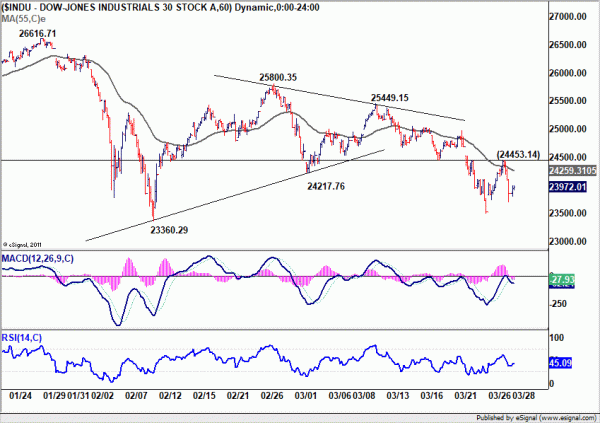
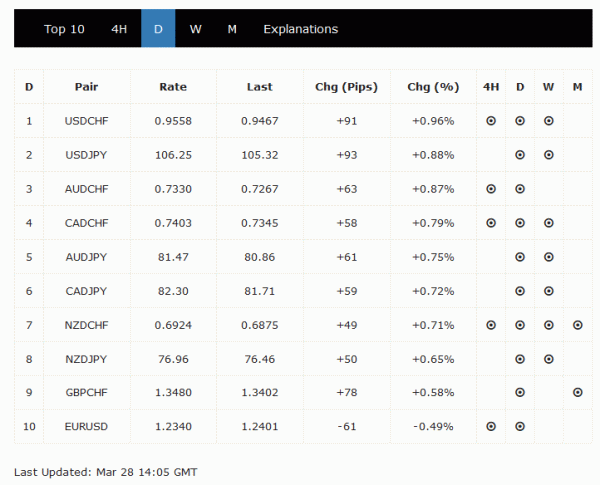
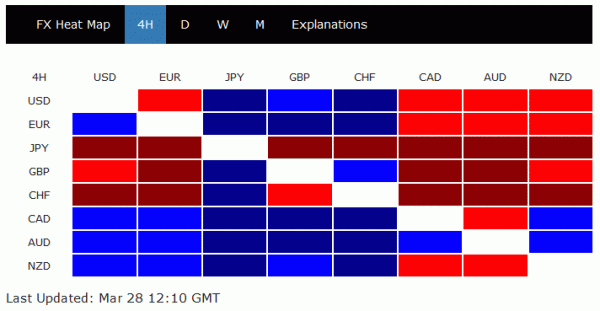
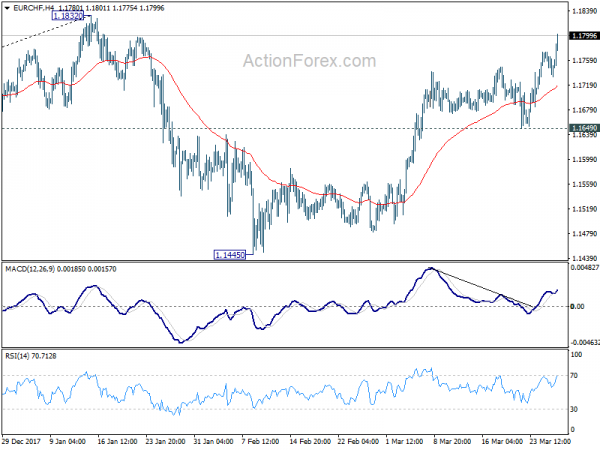
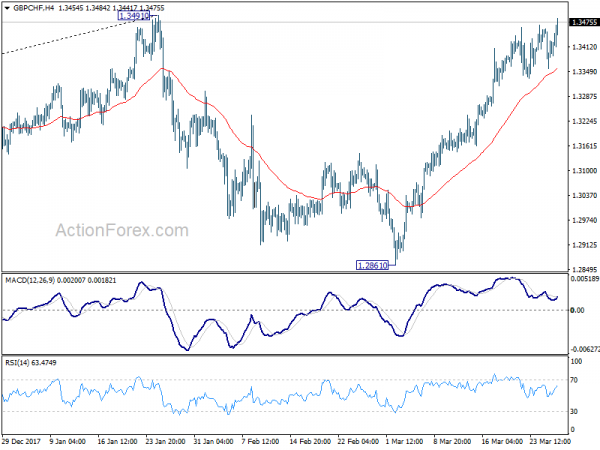
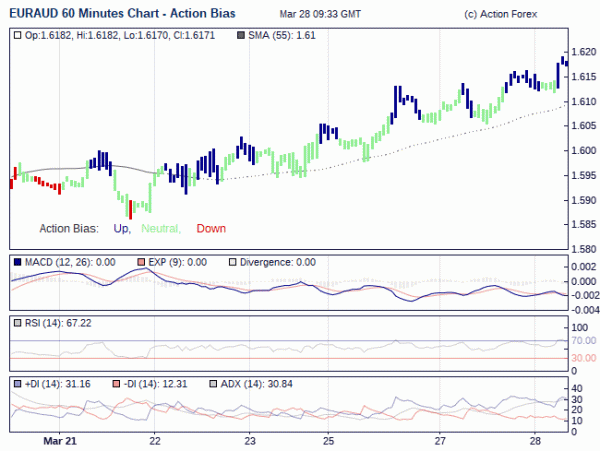
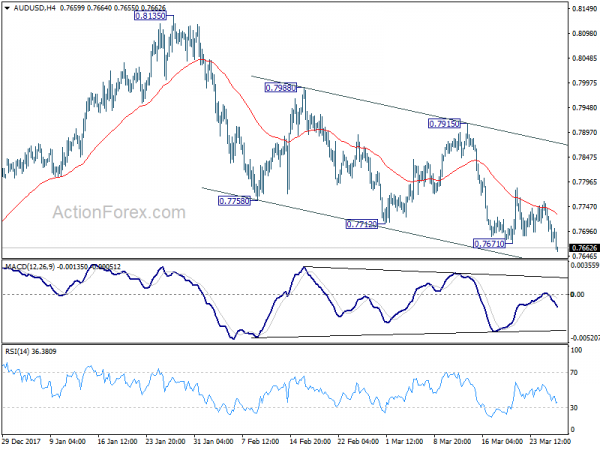
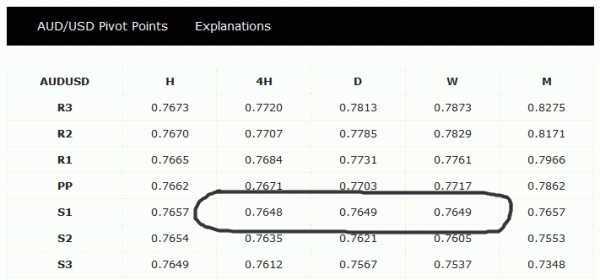
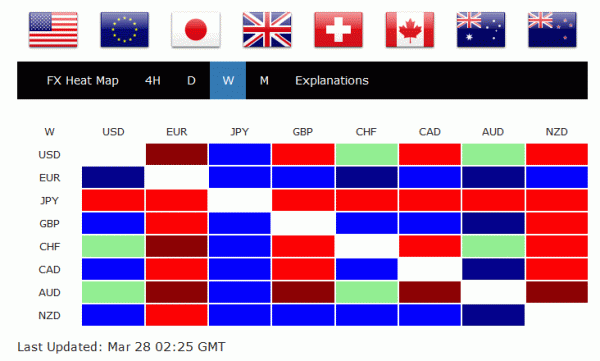
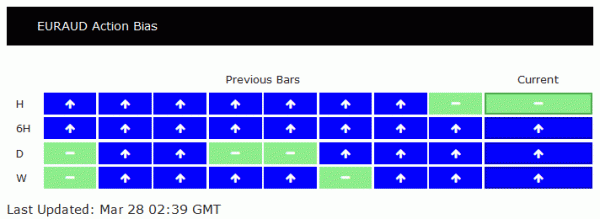
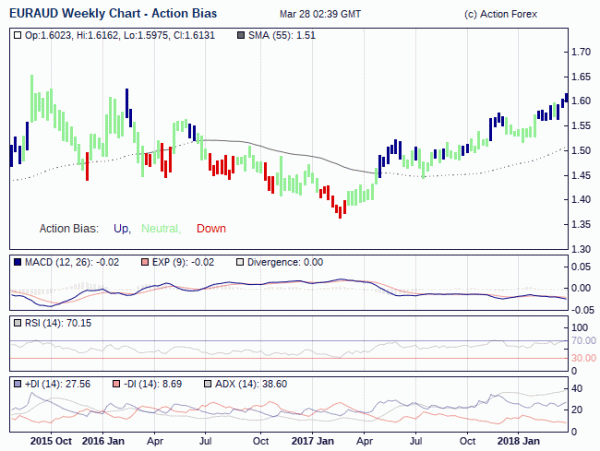
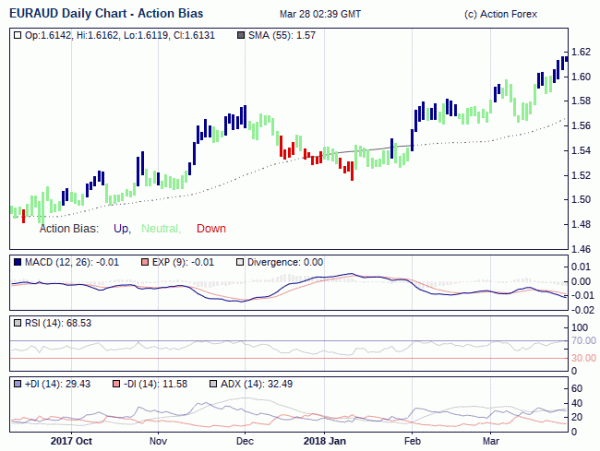
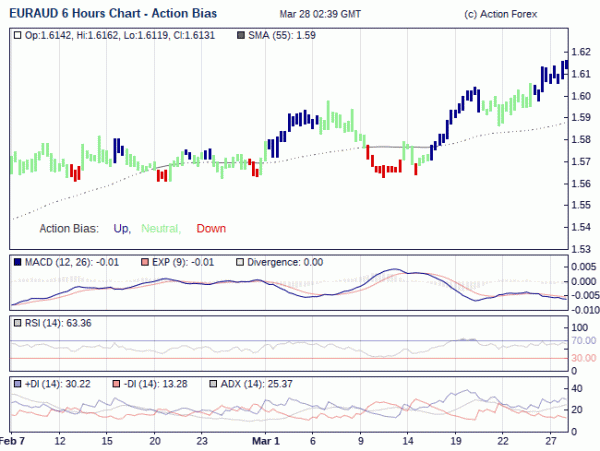
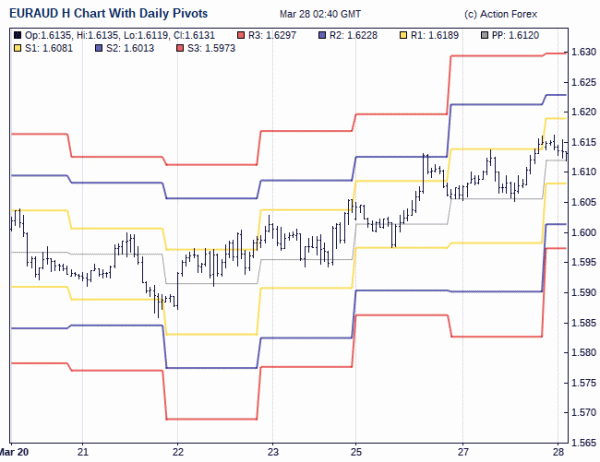
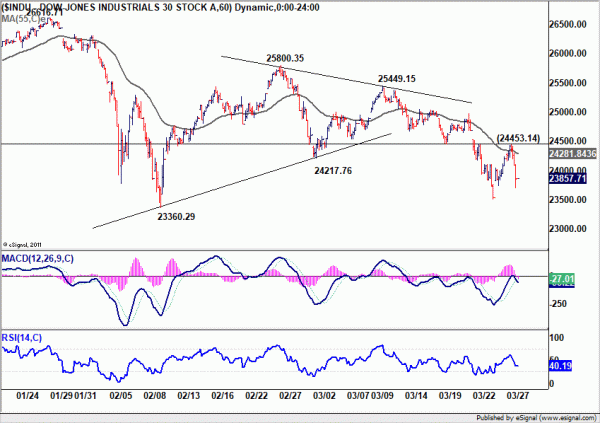
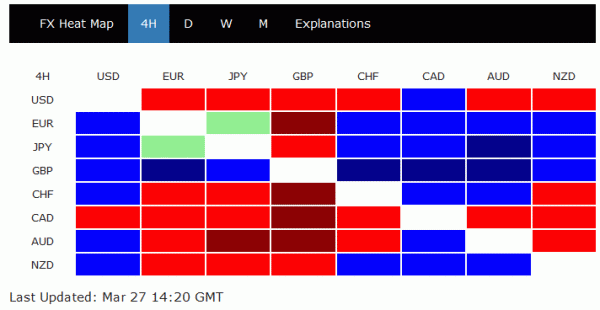
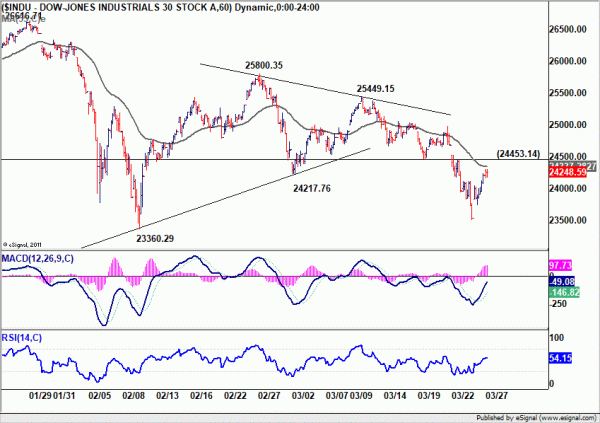
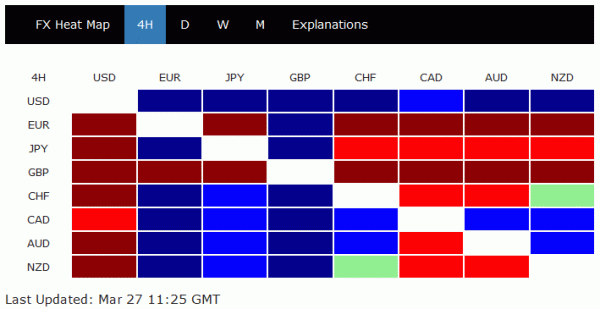
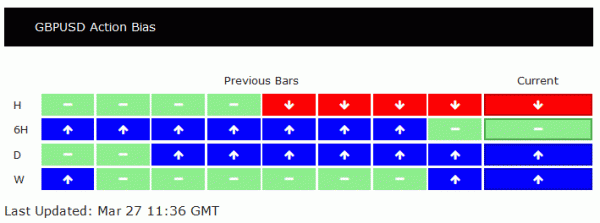
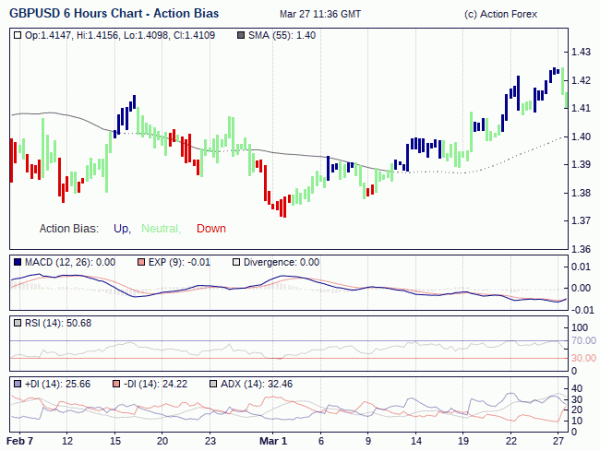
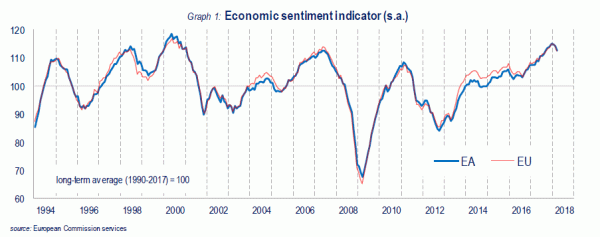
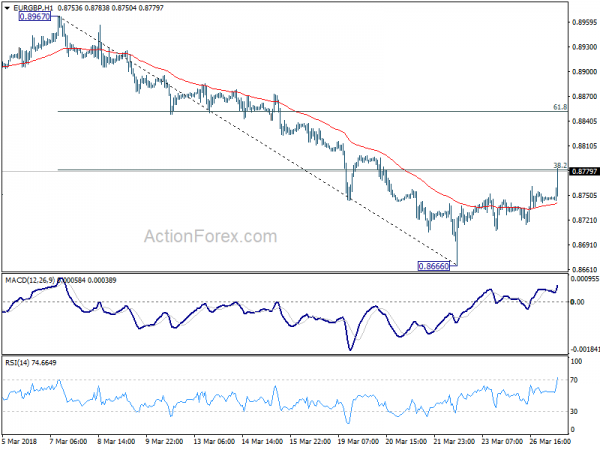
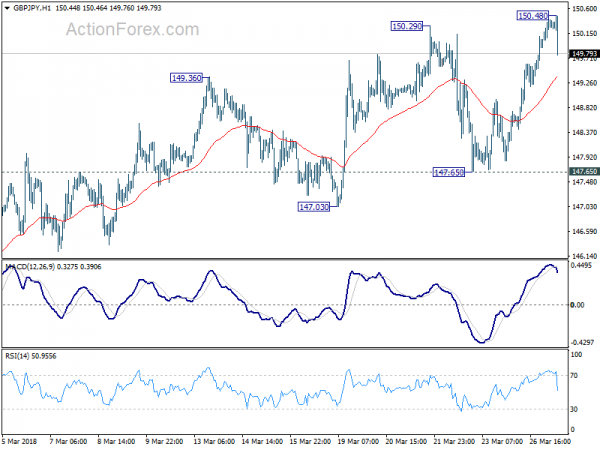
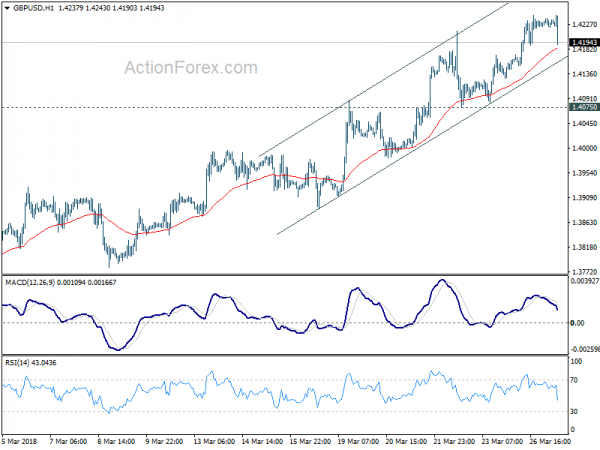
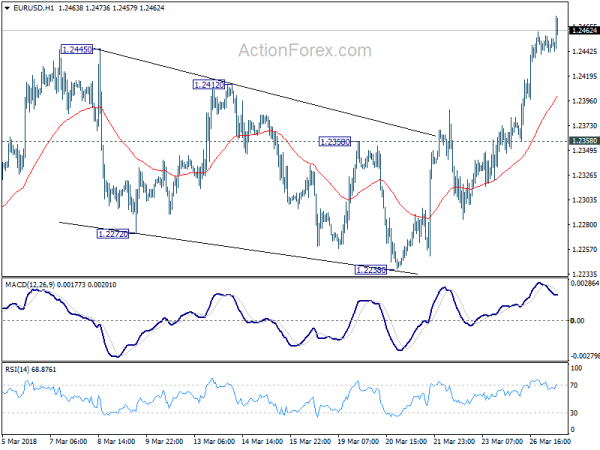

China Caixin PMI manufacturing showed “marginal weakening” in March
China Caixin PMI manufacturing dropped to 51.0 in March, down from 51.6 and missed expectation of 51.7. That’s also the lowest level in four months.
Released over the weekend, however, the official China PMI manufacturing rose to 51.5, up from 50.3. Official PMI manufacturing rose to 54.6, up from 54.4.